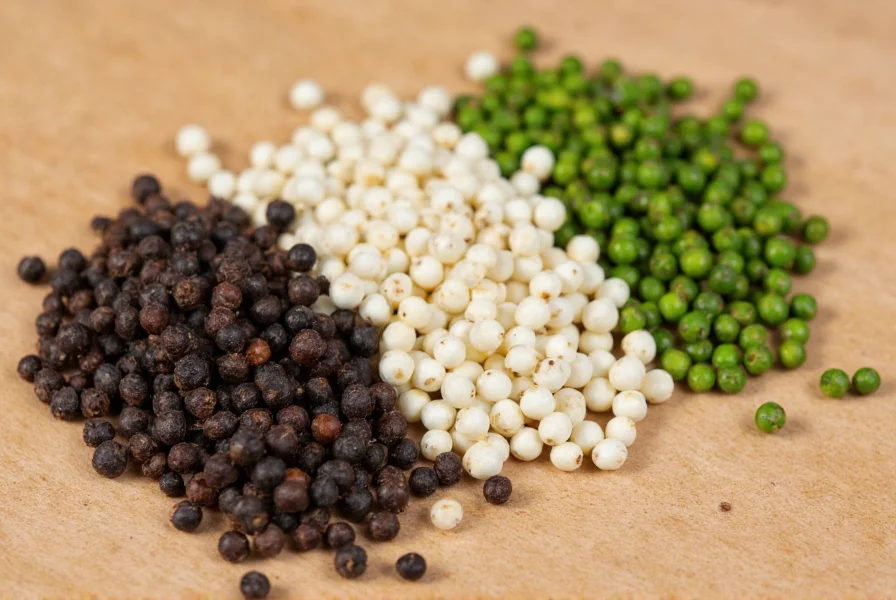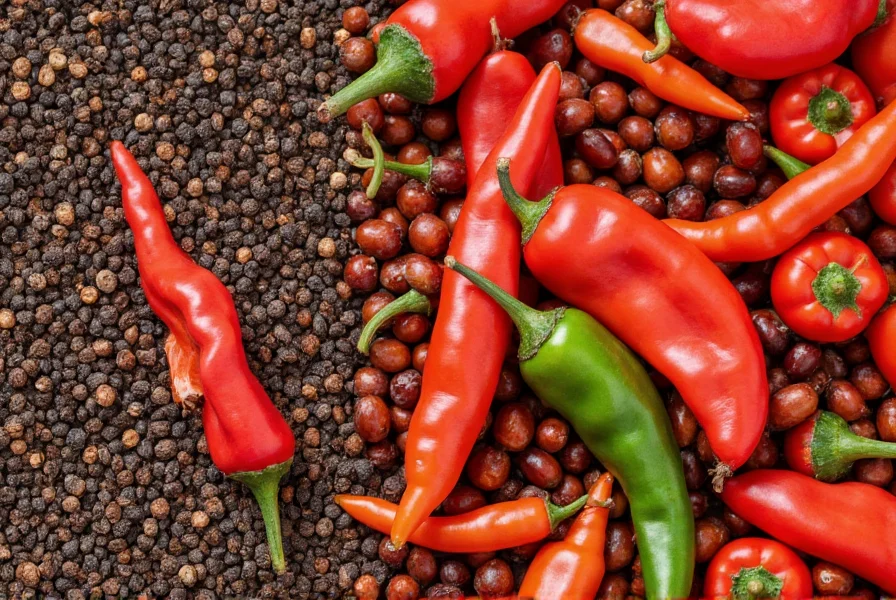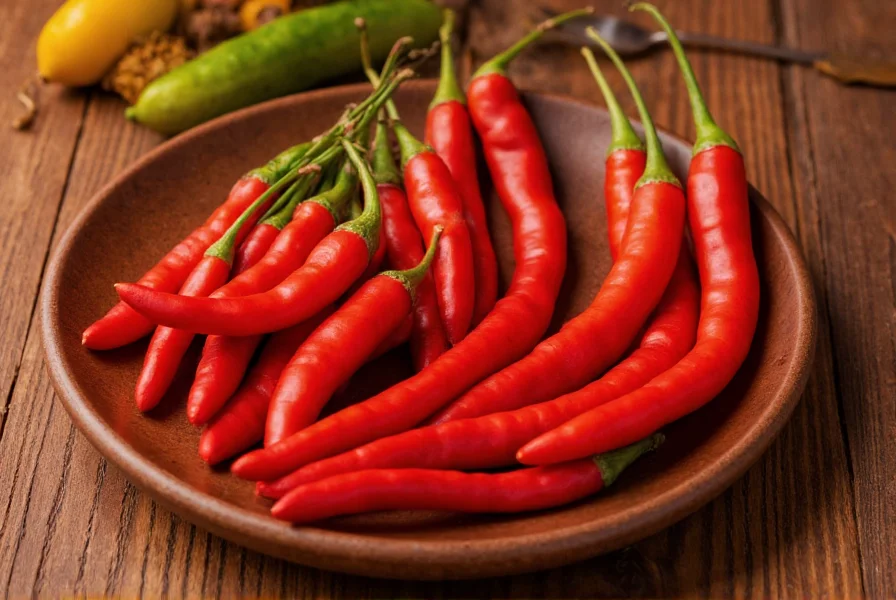Understanding what pepper really is requires clarifying a common misconception: the term "pepper" applies to several unrelated plants. This confusion dates back to European explorers who labeled New World chili peppers as "peppers" due to their similar pungency to Asian black pepper.
True Pepper vs. Chili Peppers: Understanding the Difference
When exploring what is pepper in botanical terms, we must distinguish between two primary categories:
| Characteristic | True Pepper (Piper nigrum) | Chili Peppers (Capsicum spp.) |
|---|---|---|
| Plant Family | Piperaceae | Solanaceae (nightshade) |
| Active Compound | Piperine | Capsaicin |
| Origin | Southwest India | Central/South America |
| Heat Mechanism | Sharp, immediate bite | Burning sensation that builds |
The History of Black Pepper: From Ancient Spice Route to Global Staple
Black pepper's journey began in India's Malabar Coast, where it grew wild. Ancient Egyptians used it in mummification, while Romans valued it so highly that it served as currency. During the Middle Ages, a pound of pepper could buy a slave or even a house. This historical context explains why understanding what is pepper involves appreciating its economic and cultural significance throughout human civilization.

Processing Methods Create Different Pepper Varieties
Many people wonder what is pepper when they see different colors at the grocery store. The color variation comes from processing methods:
- Black pepper: Unripe green berries dried in sun, turning dark and wrinkled
- White pepper: Ripe red berries with outer layer removed before drying
- Green pepper: Unripe berries preserved through freeze-drying or brining
- Red pepper: Fully ripe berries dried whole
Culinary Applications Across Global Cuisines
Chefs worldwide leverage pepper's versatility. In French cuisine, white pepper features in béchamel sauces where black specks would be undesirable. Thai cooking combines black pepper with chilies for complex heat profiles. Understanding the different types of pepper and their uses helps home cooks replicate authentic flavors. The Maillard reaction between piperine and proteins enhances meat dishes, explaining why steak benefits from freshly cracked pepper.
Nutritional Profile and Health Considerations
Pepper offers more than just flavor. Piperine in black pepper increases nutrient absorption by up to 2000% for compounds like curcumin. However, those with GERD should moderate intake as piperine stimulates gastric acid. When researching what is pepper nutritionally, note that one teaspoon of black pepper contains:
- 5 calories
- 13% of daily manganese needs
- 18% of daily vitamin K
- Antioxidants including beta-carotene

Pepper Production Today: From Farm to Table
Modern pepper cultivation follows ancient practices with technological improvements. Vietnam now leads global production, accounting for 34% of world supply, followed by Brazil and Indonesia. Sustainable farming practices have become crucial as climate change affects traditional growing regions. When considering where does black pepper come from today, it's important to recognize the shift from India's historical dominance to Southeast Asia's current leadership in production.
Common Misconceptions About Pepper
Several myths persist about pepper. Contrary to popular belief, black pepper doesn't "go bad" but loses potency over time. The "heat" of black pepper differs fundamentally from chili peppers - piperine affects different receptors than capsaicin. Understanding what is pepper scientifically helps dispel these common misunderstandings that often confuse consumers.
Frequently Asked Questions
What is the difference between black pepper and chili pepper?
Black pepper comes from Piper nigrum vines and contains piperine, creating a sharp, immediate heat. Chili peppers belong to the Capsicum genus and contain capsaicin, producing a burning sensation that builds over time. They're from completely different plant families with distinct chemical compounds and culinary properties.
Is black pepper good for you?
Yes, black pepper offers several health benefits. Piperine enhances nutrient absorption, particularly for curcumin in turmeric. It contains antioxidants and may support digestion by stimulating hydrochloric acid production. However, those with acid reflux should consume it in moderation as it can increase gastric acid secretion.
Why is black pepper called the 'king of spices'?
Black pepper earned this title due to its historical significance and widespread use. For centuries, it was more valuable than gold, used as currency, and drove global exploration. Its versatility across cuisines, preservative qualities, and ability to enhance other flavors cemented its royal status in culinary traditions worldwide.
How should I store pepper to maintain freshness?
Store whole peppercorns in an airtight container away from light and heat. This preserves potency for 1-2 years. Ground pepper loses flavor quickly—use within 3-4 months. Avoid refrigeration as moisture degrades quality. For maximum flavor, grind peppercorns immediately before use rather than buying pre-ground pepper.











 浙公网安备
33010002000092号
浙公网安备
33010002000092号 浙B2-20120091-4
浙B2-20120091-4